Copyright © 2010 Ruckus Wireless, Inc.
Published September 2010, Part Number 800-70295-001 REV A
ZoneFlex 7025
Multimedia Wi-Fi Wall Switch
Quick Setup Guide
This Quick Setup Guide provides step-by-step instructions on
how to set up your Ruckus Wireless ZoneFlex 7025 Multimedia
Wi-Fi Wall Switch. After completing the steps described in this
Guide, you will be able to access the Wi-Fi Wall Switch and
begin providing wired and wireless network access to users.
BEFORE YOU BEGIN
Before deploying Ruckus Wireless products, please check for
the latest software and the release documentation.
• Release Notes are available at
http://support.ruckuswireless.com/documents.
• User Guides are available at
http://support.ruckuswireless.com/documents.
• Software Upgrades are available at
http://support.ruckuswireless.com/software.
• Open Source information is available at
http://support.ruckuswireless.com/open_source.
PACKAGE CONTENTS
• ZoneFlex 7025 Wi-Fi Wall Switch (Access Point)
• Mounting bracket with two (2) mounting screws
• Warranty statement
• Software license agreement
• Declaration of Conformity
• Registration card
•This Quick Setup Guide
SETUP REQUIREMENTS
• A 6mm Phillips screwdriver
• A computer running Windows XP, Vista or 7.
• A standard US or EU-style wall outlet box, with an Ethernet
cable run through the wall from your LAN to the outlet box.
• One of the following:
• An IEEE 802.3af/at-compliant PoE switch.
• An IEEE 802.3af/at-compliant PoE injector.
STEP 1: PREPARE YOUR COMPUTER FOR AP SETUP
1 On your Windows computer, open the Network Connections
(or Network and Dial-up Connections) control panel according
to how the Start menu is set up:
Win XP: Start > Settings > Network Connections
Win 7: Start > Control Panel > Network and Sharing
Center > Change Adapter Settings
2 When the Network Connections window appears, right-
click the icon for Local Area Connection, and then select
Properties.
3 When the Local Area Connection Properties dialog box
appears, select Internet Protocol (TCP/IP) from the scroll-
ing list, and then click Properties.
The TCP/IP Properties dialog box appears.
4 Select Use the following IP address option (if it is not
already selected), and then make the following entries:
• IP address: 192.168.0.22 (or any address in the
192.168.0.x network--other than 192.168.0.1, which is in
use by the AP)
• Subnet mask: 255.255.255.0
• Default gateway: 192.168.0.1
Leave the Alternate DNS server field empty.
5 Click OK to save your changes, exit first the TCP/IP Prop-
erties dialog box, and then the Local Area Connection
Properties dialog box.
Your changes are put into effect immediately.
STEP 2: CONNECT THE AP TO YOUR COMPUTER
1 Remove the AP from its packaging and place it near your com-
puter.
2 Connect one end of an Ethernet cable to the PoE In LAN
5/Uplink port on the rear of the AP, and connect the other
end to a PoE switch or the Data Out/Power Out port on
the PoE injector.
3 Using another Ethernet cable, connect one end to your
computer’s network port, and connect the other end to
another port on the PoE switch or to the Data In/Network
port on the PoE injector.
4 Provide power to the PoE injector/switch.
5 Verify that the Power and LAN 5 LEDs are steady green.
STEP 3: LOG INTO THE AP
As specified earlier, the AP should be directly connected to
your computer (through one of the LAN ports), and should be
receiving power from its PoE uplink port.
1
On your computer, open a Web browser window.
2 In the browser, type this URL to connect to the AP:
https://192.168.0.1
3 Press <Enter> to initiate the connection. When a security
alert dialog box appears, click OK/Yes to proceed.
4 When the Ruckus Wireless Admin login page appears,
enter the following:
• Username: super
• Password: sp-admin
5 Click Login.
IMPORTANT!
If the AP is deployed with ZoneDirector, follow the
ZoneDirector Quick Setup Guide, and connect the AP to
your Ethernet network.
IMPORTANT!
Make sure you do not open the Properties dialog box for
the wireless network.
IMPORTANT!
Write down all of the currently active settings so you can
restore your computer to its original configuration later
(when this process is complete).
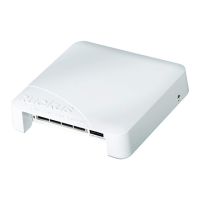
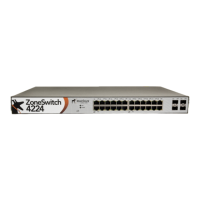

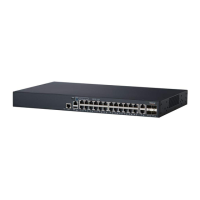
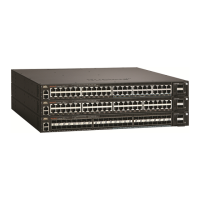
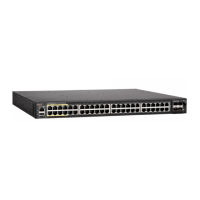


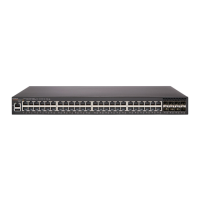
